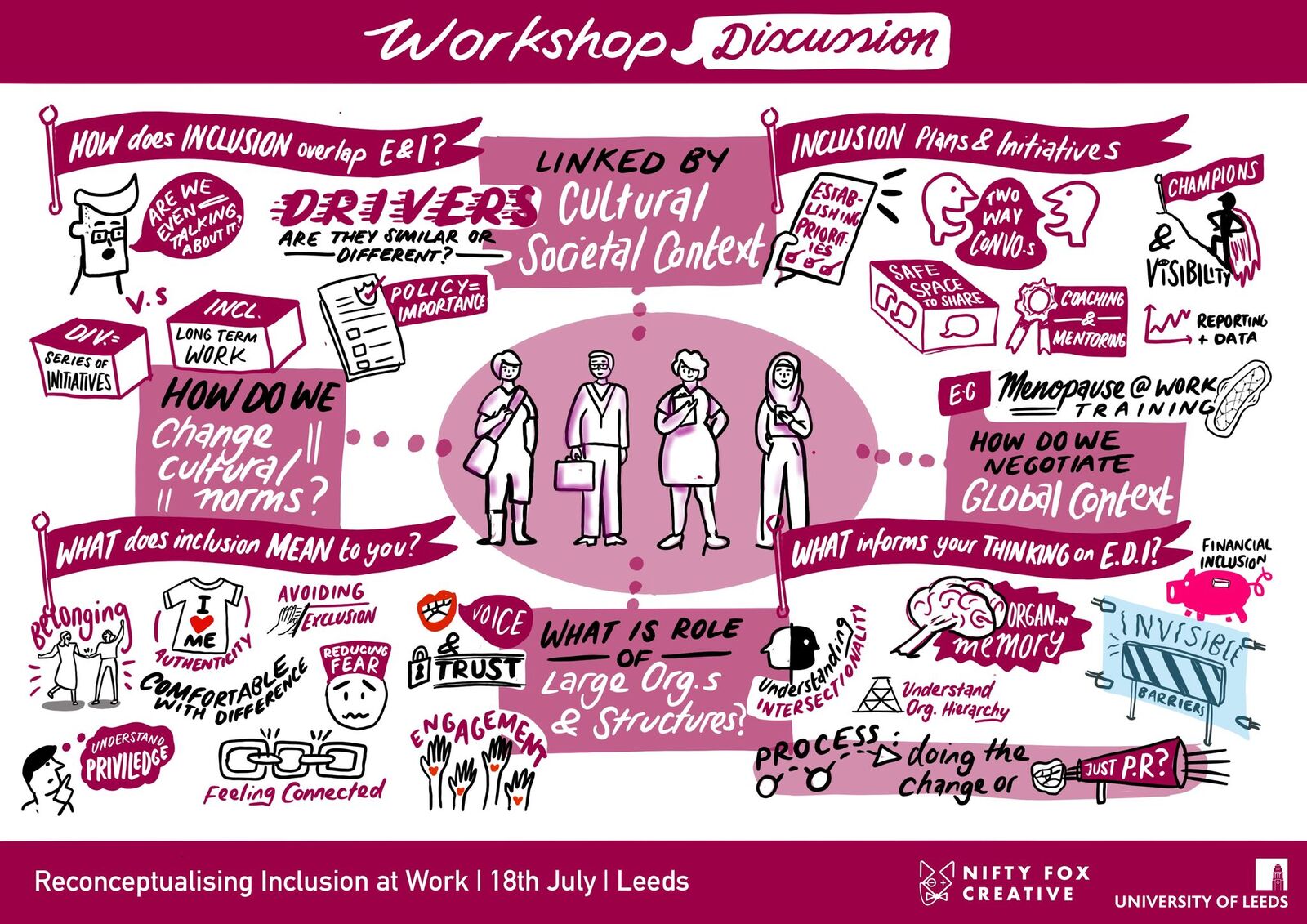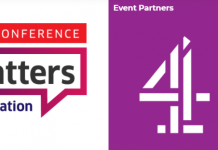This blog post was written by Dr Jana Javornik, Dr Jo Ingold, Professor Jenny Tomlinson, Dr Liz Oliver, Cheryl Hurst and Rebecca Brunk and originally appeared on the Leeds University Business School’s Research & Innovation Blog.
The new business normal is evolving. A changing workforce, a new shareholder and customer landscape, emerging markets, and new legislation are shaking things up in the corporate world.
Amidst these changing dynamics, organisations are challenged with reconciling issues related to skills gaps and mismatches, job turnover and retention, as well as wider issues relating to workplace flexibility and job design owing to differing needs of workers across the life course. Such developments push organisations to embrace Equality, Diversity and Inclusion (EDI). Whilst diversity and inclusion are well-established ideas in business practice and in academic research, there remains a lack of clarity in how they are defined, distinguished, and what they really mean in practice.
Earlier this year our research team, located within the Centre for Employment Relations Innovation and Change (CERIC) at Leeds University Business School (Dr Jana Javornik, Dr Jo Ingold, Professor Jenny Tomlinson, Dr Liz Oliver, Cheryl Hurst and Rebecca Brunk), interviewed over 40 large representatives from employers across the UK on diversity and inclusion as part of a new pilot research project funded by Leeds University Business School.
We spoke with EDI strategists, consultants, employer membership organisations, senior leaders, HR and EDI managers from both the private and public sectors. Our aim was to understand the challenges and complexities of inclusion in the context of a highly diverse workforce across the varied landscape of sectors operating within the economy. We also held a full-day workshop in central Leeds in July 2019, which included a range of speakers on the topic of inclusion and focus groups.

We talked to employers about what inclusion means to them, why companies care about it, workforce trends, corporate culture and organisational approaches, practice and policies. Here, we briefly summarise the insights in the UK context and outline some key steps towards embedding successful EDI initiatives.
We found that while inclusion and diversity are often coupled, they are distinct areas of practice. Employers articulated diversity and inclusion differently, with the two most common analogies being:
- Diversity is the mix; inclusion is getting this mix working together.
- Diversity is getting invited to the party; inclusion is being asked to dance.
Workforce diversity is about the degree to which employees have similar or different personal characteristics, experiences, and abilities, while inclusion relates to recognising the value of each employee and their experiences, ensuring they are integrated into the workforce. Employers we interviewed described inclusion as being about fairness, respect, and enabling people to realise their capabilities and full potential. This is echoed in other studies and in media articles.
Organisations vary significantly in translating these concepts into practice. Solutions are largely sought through organisational initiatives and policies designed to support specific categories of workers, which can marginalise others. The recognised protected characteristics established in the Equality Act (2010) remain the essential organising principles for understanding inequalities at work, but organisations struggle to move beyond approaches based around protected characteristics.
Although organisations are aware of the complexities arising from workers’ multiple identities, organisational practices largely do not map onto the intersecting experiences of employees. Initiatives linked to single identity characteristics are often the norm, such as gender pay gap reporting. Gender-related initiatives, including sexual orientation, are often most established, followed by those concerning race and ethnicity, with an emergent focus on disability now visible.
Foundations for successful EDI initiatives
- In order to ensure the organisation is truly diverse and inclusive, EDI must be embedded at the heart of organisational activity, in recruitment, training, job design, and workgroup composition. Otherwise, well-intended efforts often lack the strategic perspective required to build an inclusive corporate culture. This includes having a senior leader within the business to champion inclusion demonstrated through their own actions and behaviours. In the absence of a well-thought-out strategy, the resources spent on recruiting a diverse workforce are likely to be wasted.
- Diversity and inclusion need to be linked to the core business and the corporate strategy to lead to sustainable and systemic cultural change. They are frequently positioned as a special function in the organisation (largely an EDI, HR or Corporate Social Responsibility function at middle management level) and less often introduced as a company’s strategic issue with the responsibility at a more senior level.
D&I is most commonly a sub-strategy with less financial and staff resources allocated to its implementation. In addition, companies often introduce individual ad hoc measures not based on any strategy (eg mentoring programme for women but without performance and impact evaluations of the programme). They do not always make strategic sense and can appear random measures, with limited impact. A written strategy is more easily communicated, increases commitment levels and provides a framework for action.
Overall, organisations do not invent but rather reproduce diversity relations through their organisational culture and practice. In terms of inclusive practice, organisations are on different journeys. Those with more experience tend to target organisational culture and practice while others invest in specific inclusion measures and programmes. To date there is little research about what SMEs are doing, or what they might do to promote inclusion and equality and yet this where most of all private sector employees work.
The research team plans to build on this research over the next year through a larger, externally funded research project. For more information contact: research.lubs@leeds.ac.uk.









